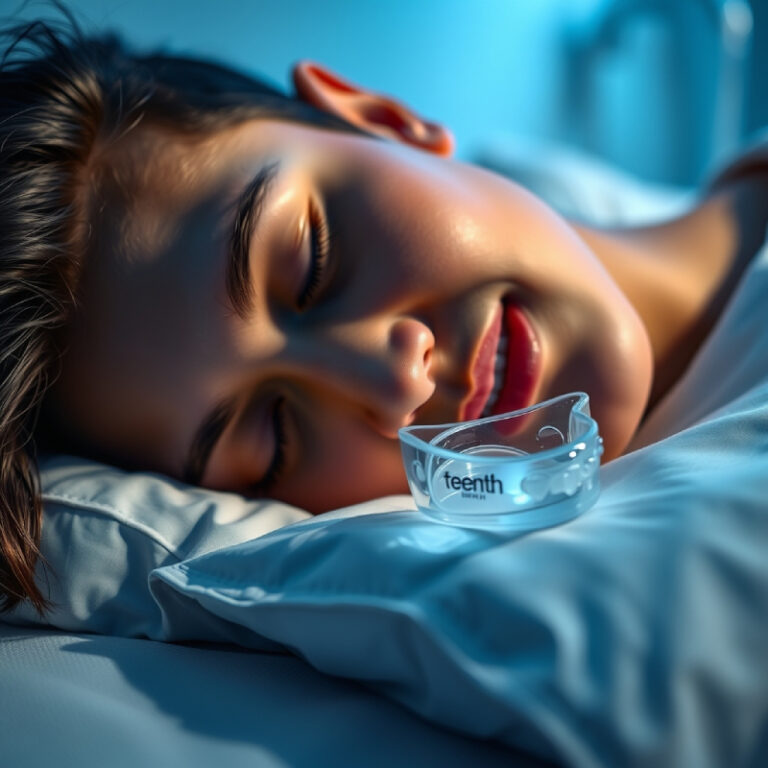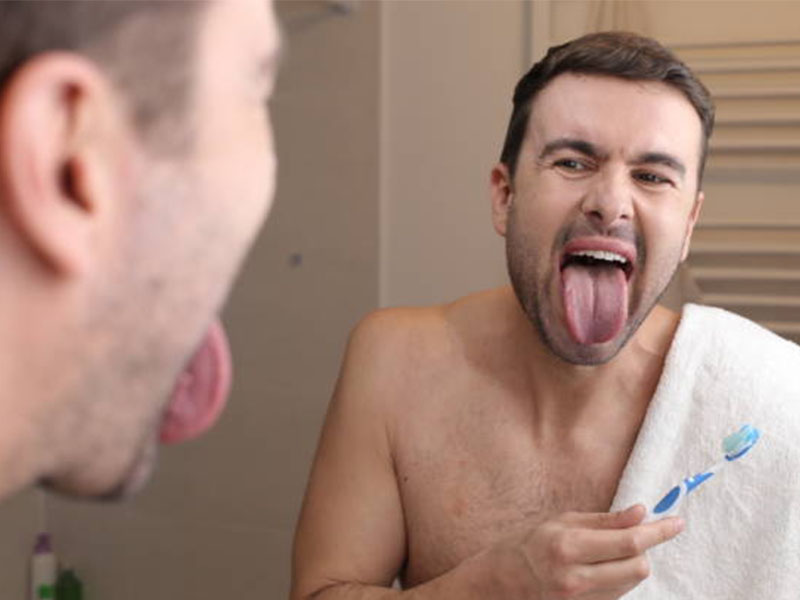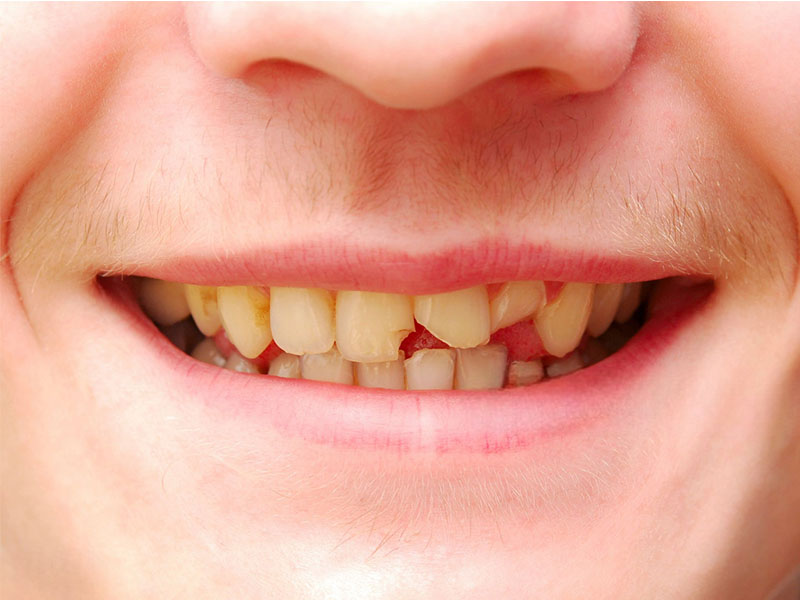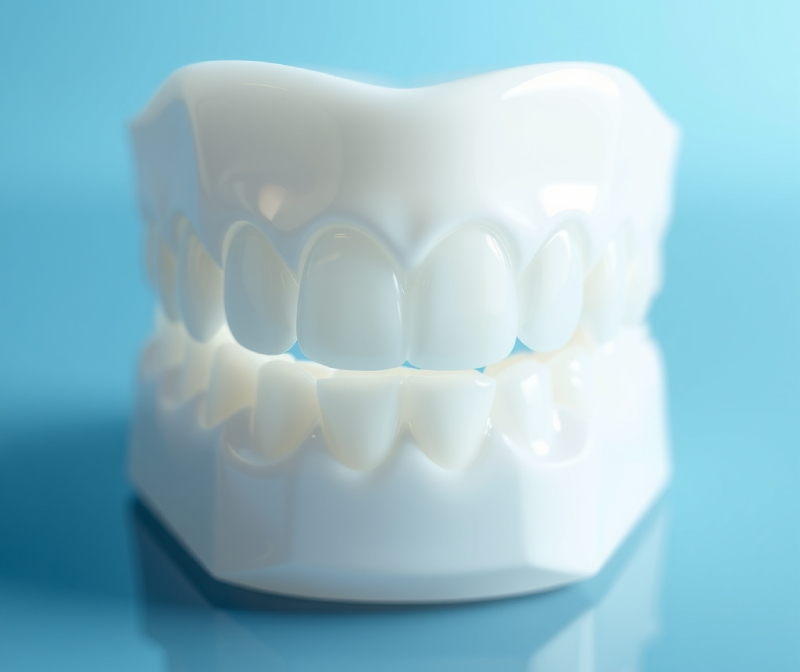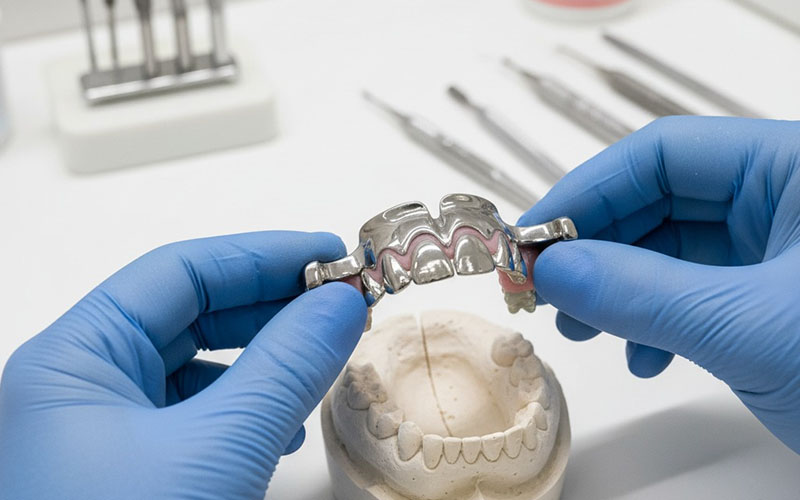
When to Recommend Maxillary Partial Dentures: A Practical Guide for Clinicians
Maxillary Partial Dentures (MPDs) help a lot of folks who have lost some of their top teeth. In this article, I’ll talk about who should get them, who shouldn’t, and how dentists decide what’s best. You’ll find clear answers, examples from real life, and simple explanations you can use every day. Whether you’re a dentist—or just curious about ways to replace teeth on the upper jaw—this guide is made for you.
Table of Contents
What Are Maxillary Partial Dentures?
Maxillary Partial Dentures (MPDs) are removable fake teeth made to fill in gaps in the upper jaw. Unlike a fixed bridge, you can take an MPD out to clean it. They rest on your remaining teeth (called abutment teeth) and your gums. Dentists sometimes call them Removable Partial Dentures (RPDs) and use Kennedy Classifications to sort out the types based on where teeth are missing.
They come in lots of styles. Some are made from acrylic plastic, others from shiny metal like cobalt-chromium, and some use soft, bendy plastics like Valplast. Sometimes, they have special little clips for a tighter fit. Technicians in the dental lab make them by taking molds using stuff like alginate or PVS (polyvinyl siloxane) impression material.
Why Would Someone Need Maxillary Partial Dentures?
Let’s be real—when you lose teeth up top, lots of things change. Chewing gets tough. You talk funny. Smiling might feel awkward. MPDs come into play for a bunch of reasons. Sometimes people have wide empty spaces on one or both sides (Kennedy Class I or II), or they can’t get dental implants because of cost, other health issues, or not enough bone in their jaws.
Maybe the teeth you have left just aren’t strong enough for a bridge. Or you had surgery in the roof of your mouth (maybe to remove a tumor). Kids and teens who lose teeth before they’re grown up—maybe from an accident—can use temporary MPDs until they finish growing.
Patient Stories:
- Marie, a retiree, just wanted to munch on corn again. Implants were too pricey for her. An MPD helped her eat the foods she missed.
- James, 16 years old, knocked out two front teeth skateboarding. A soft partial let him keep smiling until he’s ready for implants.
Who’s a Good Candidate for MPDs?
I hear this a lot: “Doc, am I right for a partial denture?” Here’s what we look at.
Medical & Dental History
Dentists check your health first. If you have uncontrolled diabetes or you’re going through chemo or radiation, you may not heal well. If you’re allergic to some dental materials (like metal or acrylic), that matters. If you’ve worn dentures before and hated them, you might not be happy with these either.
Dental Exam
We check:
- How many teeth are left, where they’re sitting, and how steady they are (not wobbly from gum disease or bone loss).
- The shape and health of your gums and jawbone.
- How your teeth bite together (occlusion).
- X-rays (periapical, panoramic, sometimes CBCT) to look for hidden stuff.
Social & Money Stuff
Are looks important to you? Is it okay if metal shows a bit when you smile? Can you use your hands well enough to take the denture in and out? Money is a big deal—MPDs are usually cheaper than implants and bridges, so some folks pick them for that.
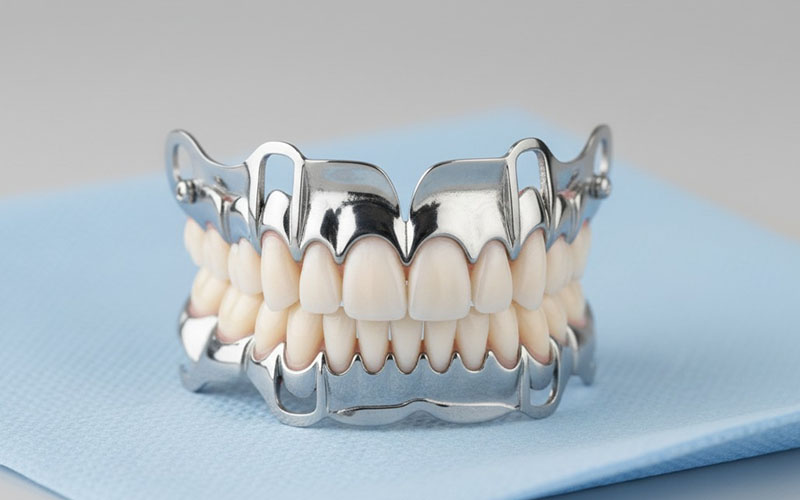
Who Shouldn’t Get Maxillary Partial Dentures?
Not all people are right for partials, even if they want one.
Mouth Problems
- Bad Gum Disease: If your teeth left are loose or your gums are sore and puffy, partials wobble and can make things even worse.
- Lots of Cavities or Poor Cleaning: Germs and food bits can get under a partial, causing more cavities fast.
- Strong Gag Reflex: If you gag easily, a denture covering the roof of your mouth might not work for you. Other designs or treatments might be better.
Not Enough Teeth Left
If you just have a couple of weak teeth up top, a partial will move around and bother you more than it helps. Sometimes, a full denture or implants make more sense.
Physical Problems
- Hard time with your hands: Conditions like arthritis can make using partials hard to do.
- Too-high hopes: If you think a partial will feel just like your real teeth, you’ll probably end up disappointed.
Allergies to Materials
It’s rare, but it happens. If you’re allergic to cobalt-chromium, acrylic, or Valplast, dentists might be out of safe choices.
Better Choices Out There
If your jawbone is strong, you can afford it, and fixed options look better, a dental implant or bridge might be right for you.
How Do Dentists Figure It Out?
Think of it like a checklist. Dentists walk through these steps:
- Medical and Dental Check: Any health reason to avoid dental work?
- Kennedy Class: Which teeth are missing, and where? Class I means you’re missing back teeth on both sides.
- Check the Teeth Left: Are they strong enough to anchor a partial?
- Check the Gums and Bone: Is there enough base for the denture?
- Patient Wishes and Money: What do you want, and what can you pay for?
Here’s a quick table to show these pieces:
| What We Look At | Why It Matters | Example |
|---|---|---|
| How many teeth left | Picking a denture that works | At least two good, strong teeth |
| Health of remaining teeth | How long it will last | No serious gum problems |
| Shape of the jaw ridge | Comfort and fit | Flat, wide ridges are best |
| Budget | What choices you have | MPD vs Implant vs Bridge |
| Able to clean/dentures | Can you use them every day? | Bad arthritis makes using one tough |
| Looks | Does it make you happy? | Metal showing vs clear plastic |

How Do MPDs Stack Up to Other Tooth Replacement Options?
Lots of folks ask: “Why not get implants or a bridge?” Here’s what you need to know.
MPDs vs Dental Implants
MPDs are cheaper, don’t need surgery, and you can add teeth later if you lose more. You don’t have to worry about not having enough bone. But they sometimes feel loose, take up more space in your mouth, and won’t stop your bone from shrinking.
Dental Implants keep bone healthy, last for ages, and feel more like your own teeth, but they cost a lot, and not everyone can get them.
MPDs vs Fixed Bridges
With a bridge, things feel stronger and you won’t have to take anything out. It doesn’t cover your palate, either. But you need strong teeth next to the gaps, and the gaps can’t be too wide. Cleaning under a bridge is also harder.
MPDs vs Complete Dentures
If you’ve only got a few really bad teeth left, sometimes it’s better to pull those and get a full top denture. Or, you might wear an overdenture, which keeps some roots for support.
Case Example:
- Angela just had three loose teeth up top. Her partial denture slipped everywhere. Her dentist made her a full denture, which worked much better for eating and talking.
How Does the Material Affect Your Denture?
Choosing a partial isn’t just about shape—it’s about what it’s made of. Here’s a basic rundown.
| Material | Good Points | Bad Points |
|---|---|---|
| Metal Frame | Thin, strong, comfy, lasts long | Takes longer, costs more |
| Acrylic (Plastic) | Cheap, quick fix, fixes easily | Bulkier, breaks easier |
| Flexible Plastics | No metal shows, comfy | Not always strong enough |
| Titanium | Light, strong, safe for allergies | Expensive, needs special lab |
Metal Frame MPDs—usually cobalt-chromium—last the longest and fit well, but need healthy teeth and gums.
Flexible Partial Dentures hide the metal, feel soft, but might not last as long and can bend out of shape. Good for front teeth but not always tough enough for the back.
Acrylic Partial Dentures are a fast, cheap choice, especially if you might need more teeth added soon. They’re good as a temporary fill-in.
How Can You Make Your MPDs Last?
Getting a partial is only step one. Looking after it keeps it working.
Tips for Success
- Keep it clean: Brush it every day. Use a soft brush. Don’t sleep with your denture in unless your dentist says you can.
- See your dentist regularly: Get checkups so your dentist can adjust it if needed. Sometimes, you’ll need it relined to tighten it up.
- Fix problems fast: Sore spots, breaks, or a loose denture mean it’s time for a visit. Don’t ignore pain.
- No sticky foods: Gum and sticky candy can move or break your denture parts.
Watch for Issues
- Cavity risk: Food and germs can build up under a denture.
- Gum disease: Sore or infected gums can happen under pressure.
- Denture breaks: Dropping it or biting hard things can snap metal or break plastic.
Dentists can fix, adjust, or reline a denture if needed.
What Should You Ask Your Dentist?
When you’re thinking about a partial, ask your dentist lots of questions. It helps everyone get a better result.
- Are my teeth and gums healthy enough for a partial?
- What kind would you pick for me, and why?
- Will any metal show when I smile?
- How long will my partial last?
- Will I be able to eat and talk like normal?
- What should I do if it breaks?
- Should I think about a bridge or implants instead?
- Will my insurance pay for this? Do you have payment plans?
Conclusion: The Best Choice for Every Patient
Choosing when to go with a Maxillary Partial Denture is always about finding what fits best. Dentists look at your health, your budget, what you hope for, and what choices make sense. MPDs are still a big tool in the dentist’s toolbox because they work when other options won’t.
The best results come when you and your dentist talk honestly, check everything carefully, and choose the right style and material. Whether it’s a gap-filler, a long-term answer, or just to help someone smile again, the right partial denture can give back confidence, comfort, and health.
Quick FAQ
What’s a maxillary partial denture?
It’s a fake tooth piece that fills gaps in your top jaw. You can take it out to clean.
Can I eat anything with my partial?
Most foods are okay, but skip very sticky or really hard foods.
How often should I see my dentist with an MPD?
At least twice a year, but go in if you notice problems.
Are there better options than a partial?
For some people, sure—like implants or bridges—but not everyone can get those.
Does a partial change the way I talk?
Sometimes at first. Most people get the hang of it in a few weeks.
Summary Points
- Maxillary Partial Dentures are removable and used to replace missing top teeth.
- Best for people who can’t get implants or bridges and still have enough healthy teeth.
- Not good for folks with serious gum disease, almost no teeth left, or strong gag reflexes.
- Metal partials last the longest. Flexible and acrylic types are good for certain needs.
- Good cleaning and doctor visits make them last longer.
- Ask questions so you can pick the best choice.
- Look at the whole picture: health, money, needs, and what you really want.



